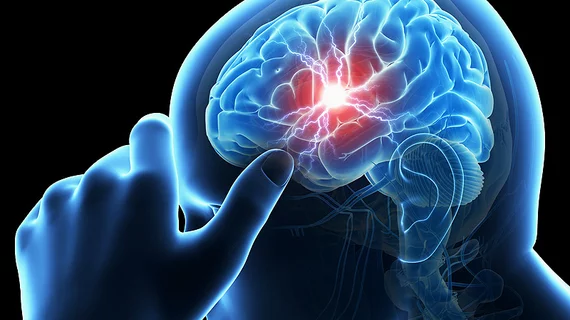The surprising relationship between congenital heart disease and stroke
Patients with congenital heart disease (CHD) face a significantly higher risk of developing ischemic stroke (IS), according to a new analysis of more than 979,000 patients. Researchers found, however, that long-term outcomes after a stroke are actually better among CHD patients.
The study, published in the Journal of the American Heart Association, compared nearly 88,000 CHD patients with more than 890,000 control patients with no history of CHD. Data was taken from the Swedish Inpatient Register.
The first takeaway from the team’s finding was that CHD is associated with a heightened risk of IS. Previous studies had explored this topic, even reaching the same conclusion, but this latest analysis also led to additional insights.
For example, patients with CHD were found to have a lower risk of developing recurrent IS than the study’s control population. After five years, for instance, recurrent IS was seen in 2.8% of CHD patients and 4.1% of control patients. And after 20 years, that percentage was 11.4% for CHD patients and 13% for control patients.
“This lower risk in patients with CHD appeared to be mainly driven by a lower risk of developing recurrent IS in patients with an atrial septal defect (ASD),” wrote lead author Kok Wai Giang, PhD, of the department of molecular and clinical medicine/cardiology at Sahlgrenska University Hospital in Sweden, and colleagues. “This lower recurrent IS risk in the CHD group compared with controls persisted after adjustment for age at index IS, sex, hypertension, diabetes mellitus, hyperlipidemia, atrial fibrillation, heart failure and myocardial infarction.”
CHD patients also face a much lower long-term risk of all-cause mortality after a stroke, the authors found. The mortality rate 20 years after an index IS was 41.7% for CHD patients, for instance, but 64.2% for the control group.
“The lower mortality risk in patients with ASD may reflect the differences in the mechanisms of IS in patients with ASDs (e.g., right‐left interatrial communications, atrial fibrillation) compared with controls, who had more traditional cardiovascular risk factors such as hypertension and diabetes mellitus,” the authors explained. “Patients with CHD were also younger than controls at the age of index IS, which likely reflects the different stroke mechanisms in patients with CHD.”
The full study is available here.

